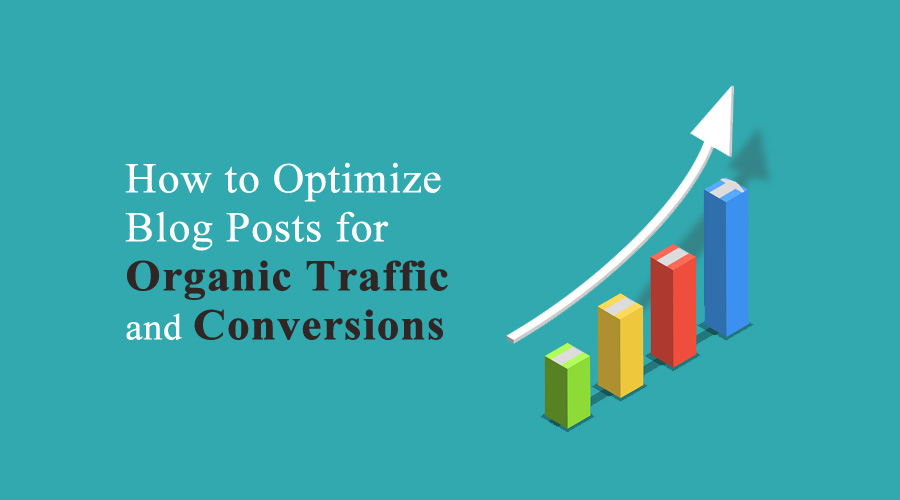
Are your blog posts well-optimized? If your blog posts don’t bring the desired results, you really need to take a relook and optimize them for high search visibility and conversions. Don’t let underperforming content take a toll on the sales leads for your business. Improve the structure of your blog posts, so that you can attract traffic and convert readers into customers.
Get ready to learn how you can optimize your blog posts to both rank high in search engines and drive conversions.
What is Blog Post Optimization?
Blog post optimization refers to the process of making the content in your blog posts more accessible to the target audience as well as more relatable to the needs of that target audience. It mainly involves search engine optimization (SEO) and conversion rate optimization (CRO).
However, it is not a simple feat. Proper blog post optimization involves multiple details which include using relevant keywords, adding relevant links, optimizing headings and images, improving the copy, adding multimedia, fixing technician content issues, making the content easy to read and understand etc. Provided, the content in your blog posts is effectively optimized, it can find the largest possible audience, engage them and finally convert them into paying customers.
Tips to Optimize Your Blog Posts for Better Performance
Here are the key steps you should follow to effectively optimize your blog content for improved performance and results.
Determine Your Target Keyword
If you intend to get organic traffic from your blog content, you should write the content while focusing on specific keywords or search queries. What is even more important is to know whether the keywords you have chosen to target are used by people to search for the products or services you sell.
Proper keyword research is the first step. If you are clueless about how much search potential a particular topic has, it will be like shooting arrows in the dark. You can’t write on a topic that no one searches for. So, the first step is to find those search queries or keyword phrases that you should write around. There are several keyword research tools that you should turn to for help in this regard.
Here are some useful tools for your keyword research:
Keyword Explorer: You can use this Moz AI tool to discover top keyword suggestions, monthly search volume, organic CTR and rank difficulty level.
Keyword Explorer: A part of Ahref’s SEO toolset, this tool gives you a good deal of keyword ideas for any industry or niche.
Keyword Planner: Using Google’s Keyword Planner, you can select the right keywords and phrases to get the most out of your ads.
SERP Checker: Ahref’s SERP checker tool allows you to analyze the top 10 rankings for any keyword in over 240 countries.
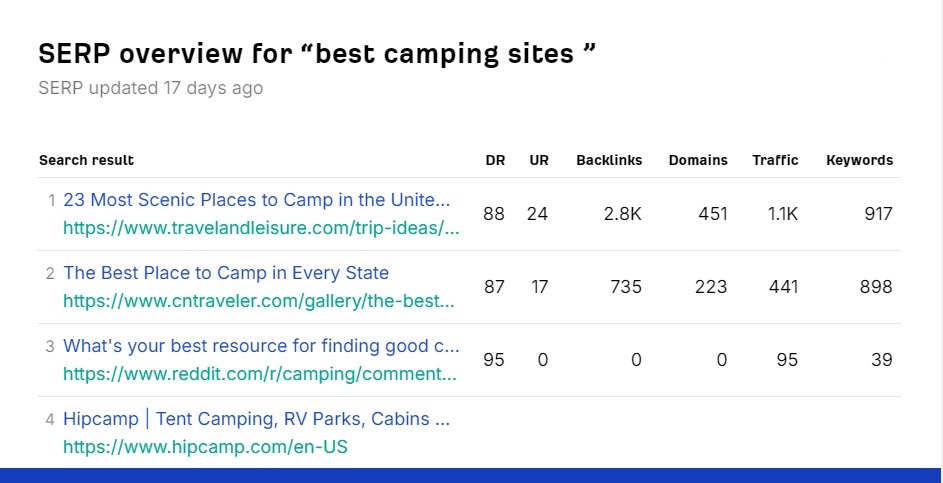
When shortlisting keywords, you need to keep the intent and goal of writing a blog post in mind. Which search queries you should target will vary depending on whether your goal is to create brand awareness, get organic traffic, spark conversations on a subject, increase sales etc. You need to weigh your keyword options in terms of search volume, trending keywords, the level of competition for a particular keyword, potential for search traffic, conversion value etc.
Understand the ‘Why’ Behind a Search Query
Also referred to as user intent, search intent is the reason or purpose behind a search on the internet. Google gives importance to search intent in order to return the most relevant content. Unless you understand why a searcher is performing a search, you will not be able to get the expected results.
If you plan to obtain high search rankings on Google, you’ll need to tailor your blog post content to match the search intent.
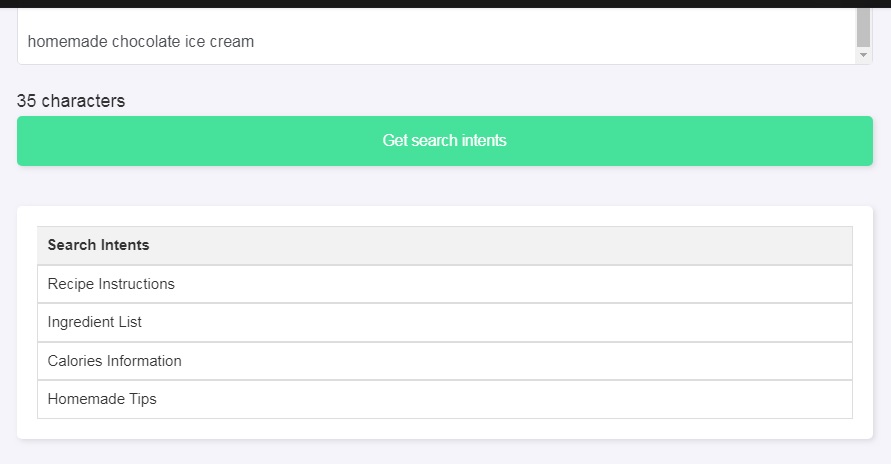
For example, queries such as “fat burning exercises at home” and “exercise for weight loss in 7 days” have a purely informational intent. Here are some more examples to help you understand search intent.
“How to apply for passport”: A searcher using this query is looking for information on how to apply for a passport.
“Hairstylist near me”: A searcher using this keyword may be looking for a hairstylist in their area and may need hairstyling.
“Buy a tripod for mobile”: This keyword has a commercial intent.
“Homemade chocolate ice cream”: A searcher using this keyword has an informational intent (check out the search results).
If your goal is to deliver information, you could choose content formats including how-to tutorials, listicles, comparison posts. Likewise, you need to create content to match the right search intent. Just conduct a few keyword searches on Google and carefully check out the results to understand more.
Create Quality Content
Content and SEO go hand in hand. If you expect Google to rank your blog posts in top positions, you should create quality content, which means the content needs to be helpful, credible and written for people.
Google has laid out content quality guidelines in a clear manner. The search engine giant suggests you write primarily for people and not try to employ shady techniques to rank your content at the top somehow. Instead of benefiting, these tricks will ultimately push your site out of the results. Google assesses content quality against a host of key questions, which are as follows:
i) Is the content original and research-based?
ii) Is the content original and research-based?
iii) Does the content cover a topic in comprehensive detail?
iv) Is the content unique and interesting?
v) Does the content achieve value addition?
vi) Are the headings and titles descriptive and helpful?
vii) Is the content well-produced?
viii) Is the content worth passing on to friends?
There are many other questions like these, included in Google’s quality guidelines for content writing. In a nutshell, you should apply SEO to people-centric content, and not to search engine-centric content.
Make Your Blog Posts Unique to ‘Earn’ Links
Quality links do matter. In fact, major search engines still consider the quality of links pointing to a website in order to determine its positioning in SERPs. However, the best links are those that are earned naturally.
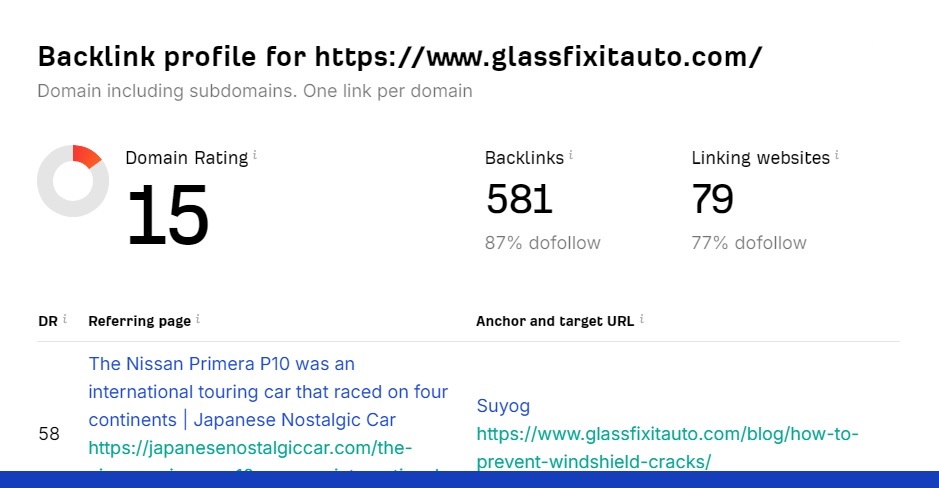
So, how do you get people to link to your blog posts? It happens naturally, if your blog content has a unique angle. Earning links is a proven, long-term SEO strategy to build a high quality backlink profile. If the blog posts that you create are unique and interesting, people will want to link to them unasked. When links from reputable sites point to your own, search engines note it as a signal for your content to be authentic and trustworthy. High quality links boost the visibility of blog posts and the online traffic and the rate of conversion increases as a result.
Some link-worthy content ideas include:
i) Detailed, in-depth content
ii) Original research
iii) Alternative opinions
iv) Infographics
v) Video content
vi) Problem-solving blog posts
The best part is that natural link building is completely safe, as it involves none of the unethical link building practices.
Provide an Effortless Reading Experience
How easy (or difficult!) is your content to read? On a scale from 0 to 100, the readability score of your blog content should be 60 at least. A score of 60-70 is considered good for content and SEO. A 13-15 year old will be able to easily understand the content with such a readability score.
Readability is a key factor that major search engines use to rank content. A good readability score can enhance SEO performance. However, the degree of readability may vary depending on the type of content you write and who your target audience is. For general audiences, you should target a higher readability score. On the other hand, a lower readability score is what you would want to work towards for a highly educated audience. No matter who your target audience is, you should always aim to provide them with a smooth reading experience.
Here are some ideas for enhancing readability:
Subheadings: Divide lengthy blog content into multiple smaller sections with the use of proper subheadings. Make it easy for users to read and help them understand what to find in a particular section.
Short Paragraphs and Sentences: Don’t drive away readers with “long blocks of text”. Reduce the mental load of your readers’ by using short paragraphs and sentences. Make reading easier for them.
Simple and Precise Words: Use of complex terms will only make reading difficult. Don’t give you readers a hard time with grandiose words, euphemisms and technical terms. Keep your content jargon-free.
Numbered Lists: Use numbered or bullet lists to draw the attention of your readers to important points in a blog post. These lists will make your content look clean, organized and interesting. But don’t overuse them.
There are several tools that you can use to measure the readability of your blog content and optimize it for better performance.
Create SEO-Friendly URLs
A Uniform Resource Locator (URL) is the internet address of a website or blog. It consists of a protocol (https), domain name (example.com) and a path to a directory or file. You might have seen different URL structures used by different sites. When you start to optimize blog posts, you should take a closer look at the URL structures and make them SEO-friendly to improve a) user experience and b) SEO . The good news is that restructuring URLs isn’t hard.
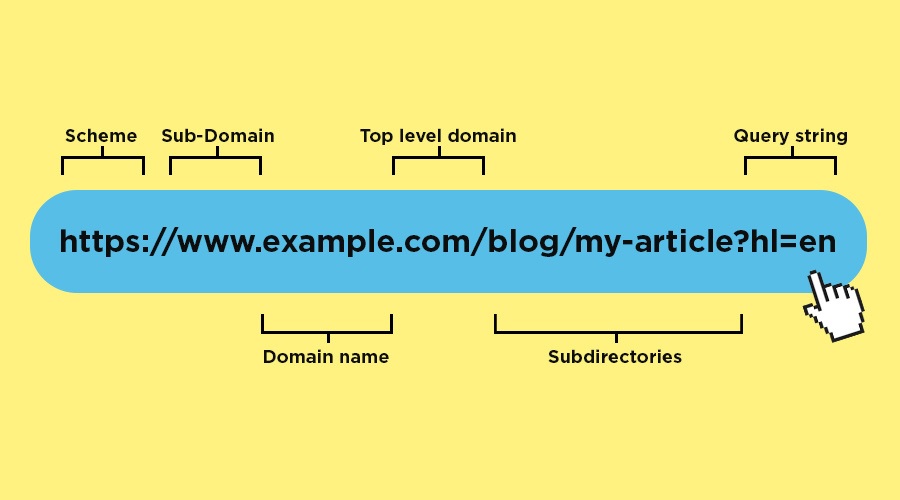
Follow these SEO best practices:
Relevant: When you publish a page or post on your blog, don’t use dynamically generated URLs that contain numbers and special characters. Customize and make the URL structure descriptive.
Short and Simple: Lengthy URLs won’t help your SEO. When you create a blog post or page, see to it that you restructure the automatically generated and unnecessary long URLs to make them succinct and readable.
Use Keywords: Include the main keywords around which you wrote down the post. One or two keywords is fine. Don’t cross the line though, as using too many keywords in the URL is considered spam.
Make it Lowercase: It is a best practice to create lowercase URLs. Though uppercase URLs work too, they may lead to duplicate content and technical issues later which you would want to avoid at any cost.
Use Hyphens: Spaces aren’t allowed as part of a URL structure. If there are spaces in a URL, browsers will replace them with “%20”. So, you should use hyphens to join words or keywords in the URL.
Thanks to the wonderful WordPress blog structure, you can set the structure of the URLs in seconds by navigating to Settings and then to the Permalink structure section from the admin dashboard.
Do On-Page Optimization
When you optimize a blog post for high search rankings, you should remember to employ on-page SEO techniques. Applying SEO to people-first content is a good, legitimate practice to boost visibility in SERPs.
Here are some tips you should use:
Make sure the title tag contains the main keyword for which you want to rank. Doing so will help Google understand the topic or subject of your blog post and rank it for a search query that is most relevant.
Write a concise meta description that doesn’t just describe the topic but also attracts clicks when people see it in search results. The ideal length for writing meta description is between 150-160 characters.
Write short and simple URLs. Earlier in the post, this topic has already been talked about. Scroll up and read it again.
H1 and H2 tags play a key role in on-page SEO. Their implementation adds more clarity for search engines to understand your content and the arrangement of information in the blog post. Plus, they make navigating sections easy for users. Include at least one H1 tag and multiple H2 tags per post.
Give the images descriptive file names. Optimize the file size of your images to speed up loading of the content. Don’t forget to add alt text to your images. Just remember not to indulge in keyword stuffing.
Use Strategic Call to Actions (CTAs)
Think of a CTA as an invitation for readers to perform a specific action.
Based on the goal of your blog post, you will want your readers to take certain action. For example, you may want them to sign up for an online course or a newsletter or purchase a digital product.
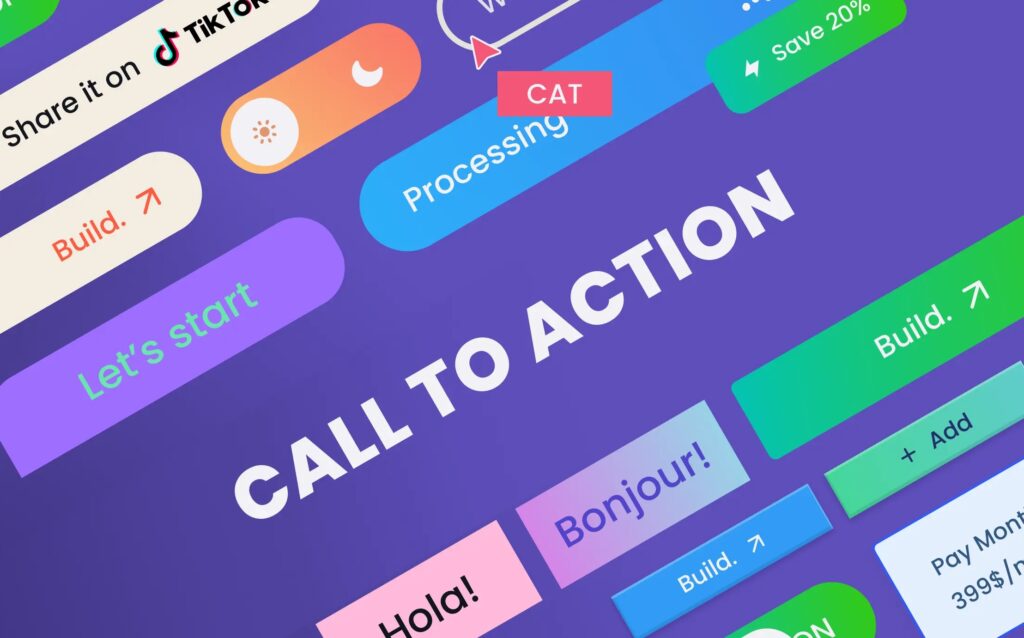
To achieve that specific goal, you need to design proper call to actions and place them in the content in a strategic manner. Whether it is text or button, It is a good idea to put the CTA after the introductory paragraph or towards the end of the post. Provided you craft the call to actions effectively, you should expect the conversion rate of your blog posts to increase. Using action verbs, adding a time incentive, writing emotive copy, using bright and bold colors and creating a sense of urgency with some contextual text are some useful tips for CTA creation.
Taking it all a step further, you can also Google Analytics goals to track conversions on your blog. The tool will give you valuable insights on the performance of each of your blog posts. Once you have the data, analyze it and use the takeaways from the report to refine your strategy for better results.
Add Supporting Visuals
One of the most effective ways to get people to stay longer on a page is by including supporting visual content.
The human brain loves images, graphics and videos. It is an interesting fact to know that the human brain processes images around 60,000 times faster than text and is likely to remember most parts of it.
Adding images to blog posts makes communicating concepts faster and easier. Which is more, it even influences and persuades. When you optimize blog posts to boost conversions, you should use visuals to draw attention, break down complex topics and encourage people to engage. Not just for conversions, images are also good for SEO and can attract more visitors.
Offer Free Downloadable Content
Giving away freebies on a blog is a very useful way to increase conversions. Just make sure the whole thing is strategically planned, so that it can move readers through the sales funnel. A piece of valuable content available for free download is something that most people find irresistible.
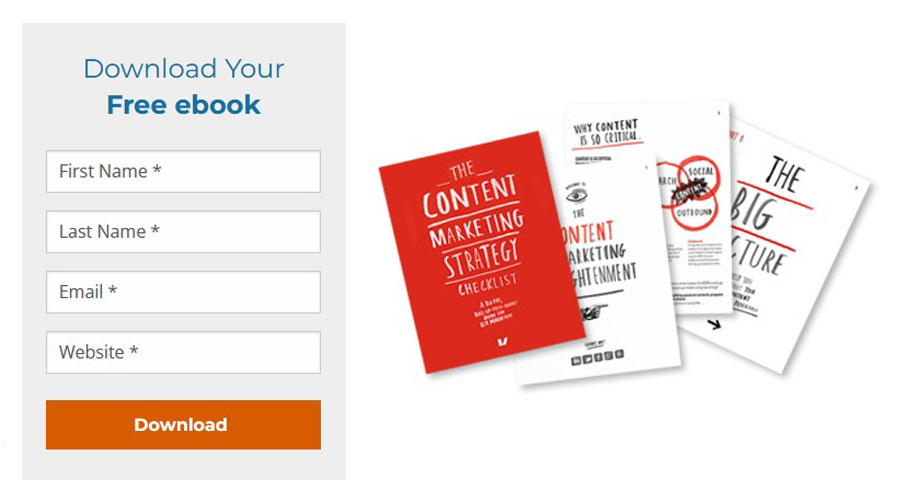
Identify a pain-point of your target audience and create an offer to address it while making it clear how using the resource will make life easier. Since content has a variety of formats, you should select a format based on your specific objectives and the type of audience you cater to. Make it hassle-free for your people to sign up by asking for information that you really need.
Some good examples of downloadable content include e-books, case studies, guides, tutorials etc. If you find it hard to craft them yourself, it is a good idea to hire a freelance writer to do the work for you.
Bonus Tip: Re-Optimize Old Blog Posts
Blog post optimization includes writing and crafting new blog posts as well as updating the old, under-performing blog posts.
While you start to structure and optimize new blog posts, you should never ignore the existing chunk of blog content that lies there without driving enough traffic and conversion for your business. If you have been blogging for a while now, it would be strategic to conduct an audit and review the existing content and optimize it for better performance and results.
If your blog is only a few weeks old, all the effort should go into the optimization of new posts. But if you have blogging and publishing content for 6-18 months or more, you should turn to your old blog posts and optimize them for the targeted search queries and for generating qualified leads.
Need Help with Your Blog SEO and Conversion?
Proper structuring and optimization of blog posts is the key to success. As you see above, there are a host of components that impact your visibility in search engines and the potentiality to convert. If you lack the expertise or aren’t sure where to start, dealing with all of this on your own can be quite hard. To work on SEO, CTA and CRO, it is best to seek professional help.
If you want to find out how optimization can drive more traffic to your blog and help you boost leads generation, don’t hesitate to talk to me.

Leave a Reply